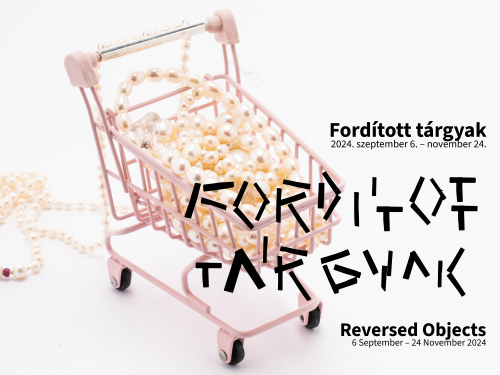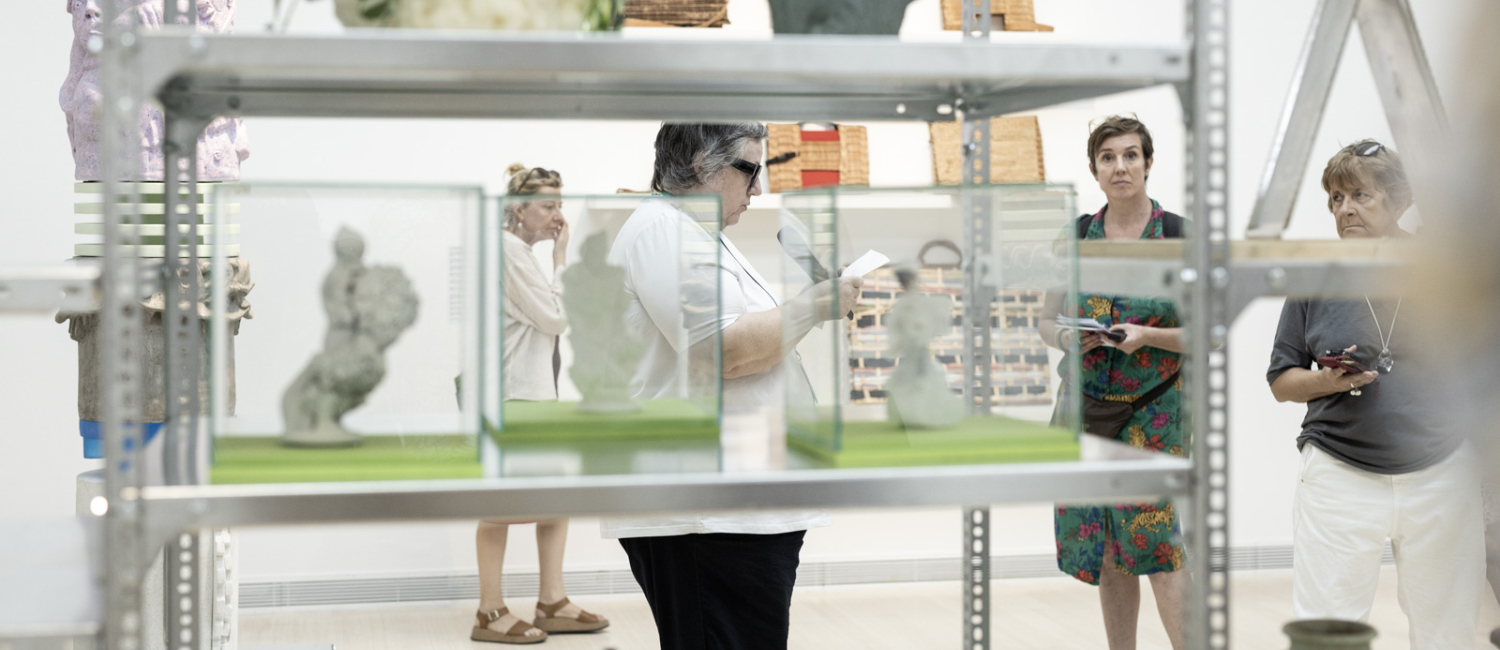The exhibition will present objects from the contexts of fine art, ethnography and craftsmanship in parallel, and offer these as a basis for discussion. As an art museum, the starting points are always the works of art, around which the objects on loan from other museums are built.
In contemporary art, the last decade and a half has seen an increasing number of works made using traditional craft techniques on display. One of the reasons for this can be found in a critical reassessment of the hierarchy of art, traditional genre boundaries and artistic methods. This is also reinforced by the existing institutional separation, which can be seen in the functioning of the art, ethnographic and, to some extent, applied art collections. When visual artists turn to these techniques and methods, they are far from always seeking to dismantle the established canonical system, but rather to reinterpret existing concepts and practices and examine their usability today.
Guided tour by Schell Réka
Language: English
Enter only with valid ticket or annual pass. Please register to participate!
Please be informed that our events will be recorded by sound and video, from which the Ludwig Museum may use details to promote the museum and its programs and for other promotional purposes. By participating in our events, you agree that you may appear on the recordings, but you may not make any claim against the use of the recording with the Ludwig Museum or third parties authorized by it.
Related content

Reversed Objects 6. September, 2024 – 24. November
The exhibition Reversed Objects raises a number of questions ranging from the status of objects as either mere things or artworks to the functioning of art institutions, while touching on various themes and disciplines. The exhibition Reversed Objects explores the reasons for the presence, and the various meanings, of traditional craft techniques, which have become increasingly prevalent in contemporary art over the last 10–15 years.
